JUNE 30, 2020 : Writing about Ramla is hard. On one hand, we had a genuinely nice and interesting day there. On the other hand, if there was a contest for attractive cities in Israel, Ramla would be towards the bottom of the list.
Ramla is a city of diversity – diversity in its population having Jews, Christians and Muslims, and diversity in its architecture – buildings ancient and modern. On the good side, you see a synagogue and just a few meters away is the minaret of a mosque. In the shuk, both Hebrew and Arabic is heard. Next to old stone buildings are modern hi-rise apartments. But in general, not much is pretty, almost all is dusty. Feels like a confusing hodgepodge of cultures and architecture.
This photo is of a tree in the parking lot of the White Tower, our first stop. It was lush and full of beautiful large yellow flowers.
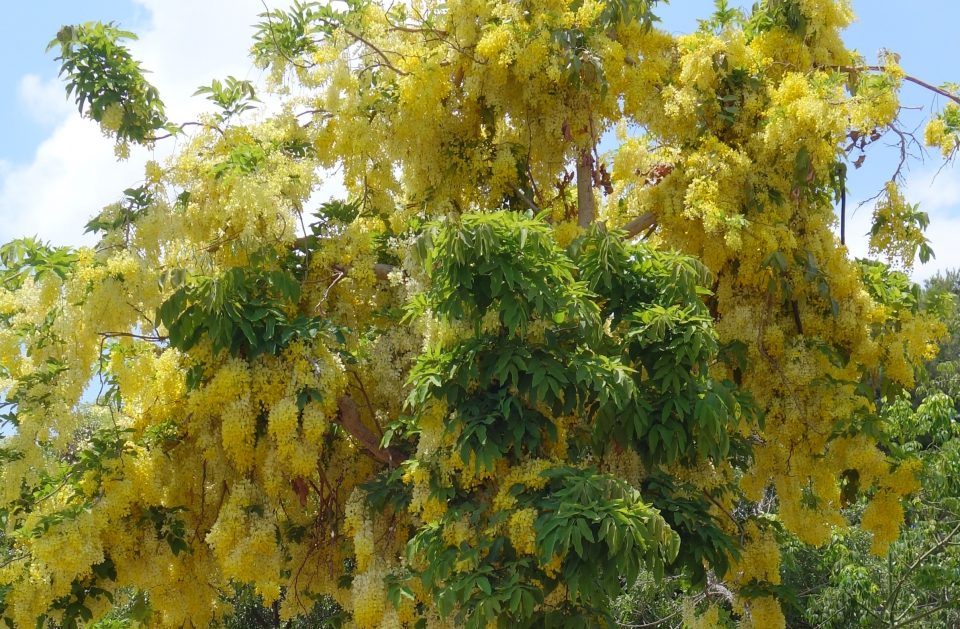
You just needed to ignore the garbage and dirt around it to see the beauty.
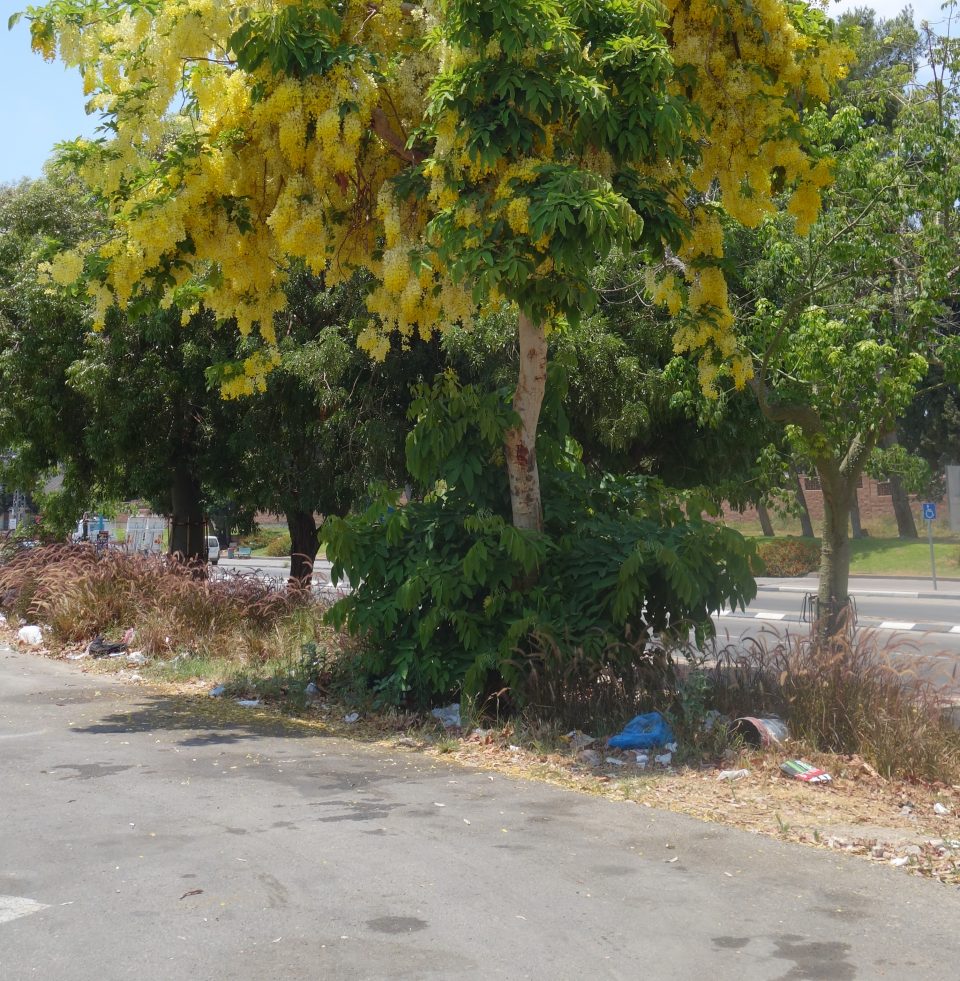
This tree is my metaphor for the city of Ramla.
The day started with some research about the city. I learned that Ramla is the one and only new city founded during the 1200 years of Moslem rule. All other cities that developed during that time had already existed.
I also learned that the word rimal in Arabic means sand. Calling a city Ramla in Arabic, is the equivalent of calling a city Holon in Hebrew.
We began our tour of Ramla at the White Tower in the western part of the old city. Not sure why it is called the White Tower – nothing white about it. We entered the tower courtyard to have a look, and the masked attendant came out of a caravan to sell us tickets. First, of course, he took our temperatures. The good news is that I got a senior discount without asking for one. The bad news is that I got a senior discount without asking for one.
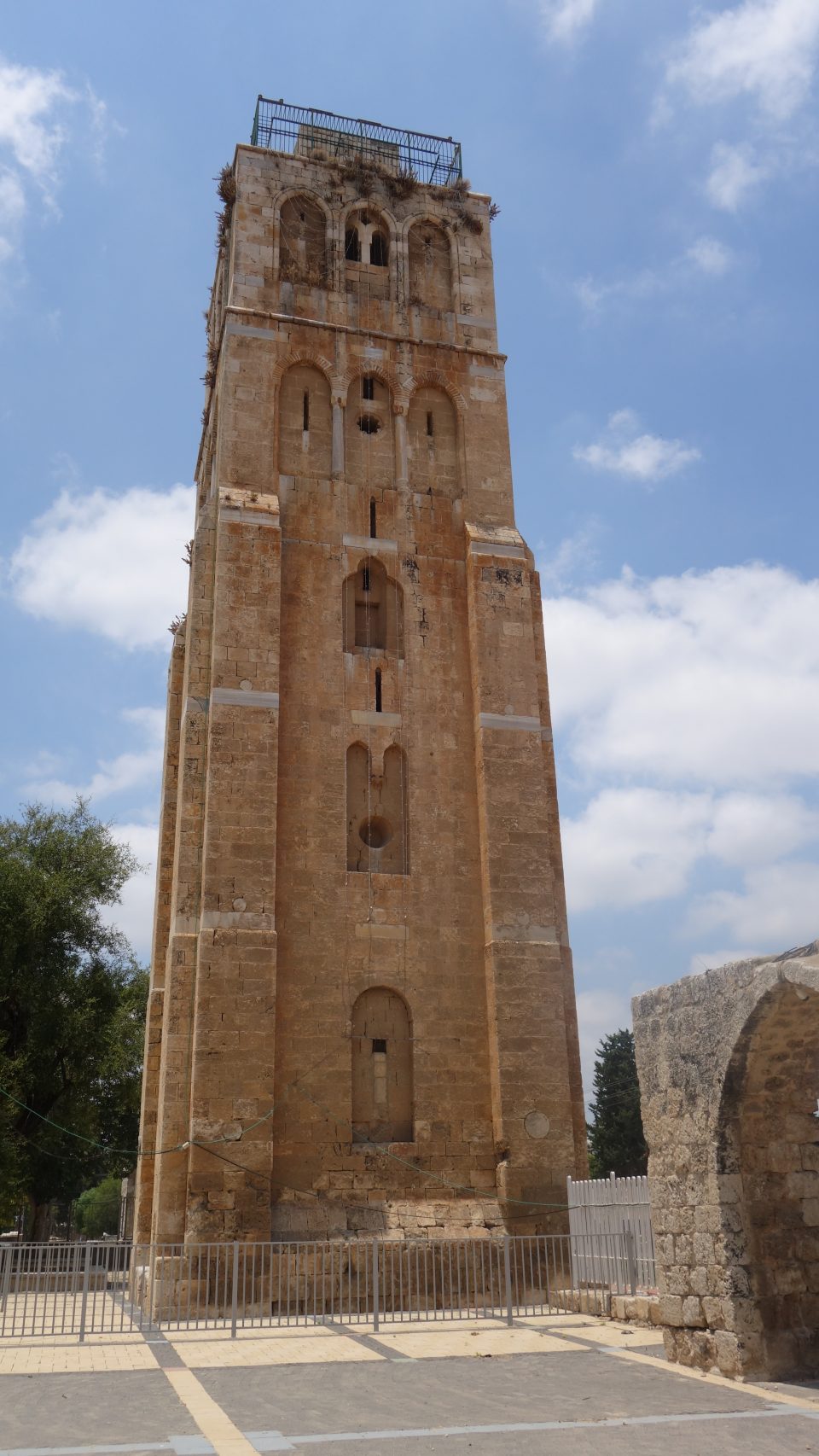
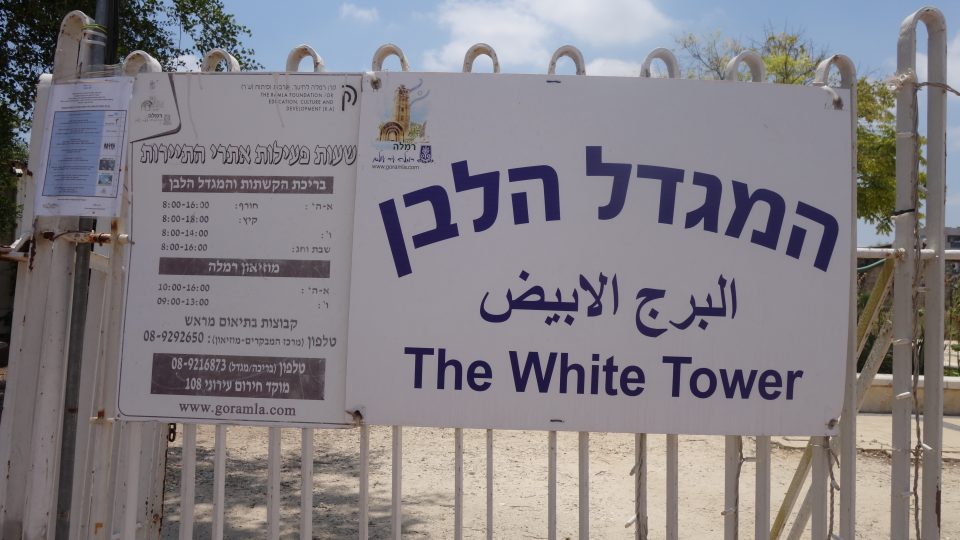
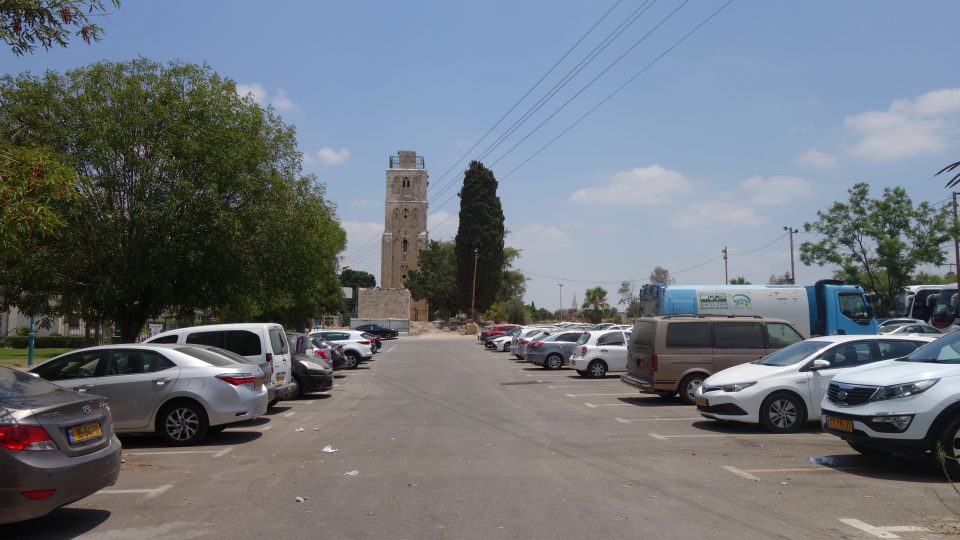
To reach the observation deck at the top of the tower, we climbed up 119 tall, uneven stone steps, going round and round in the circular staircase. At first it was hard to see – too dark – but once I took off my sunglasses, it was fine. Just needed to beware of pigeons and pigeon poo. At the top, there was a refreshing breeze and nice views. On a clear day you supposedly can see the Mediterranean, but today was not a clear enough day. We could make out Tel Aviv in the distance looking west.

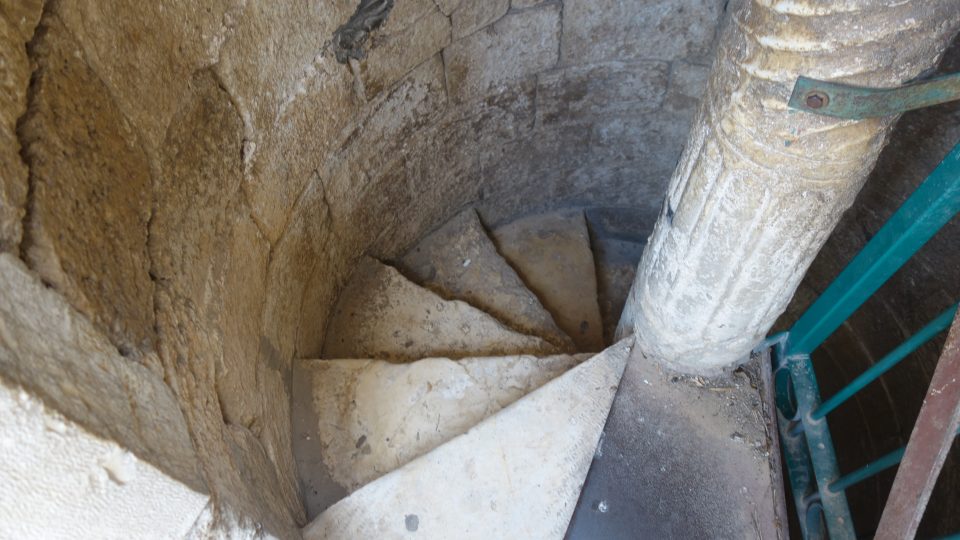
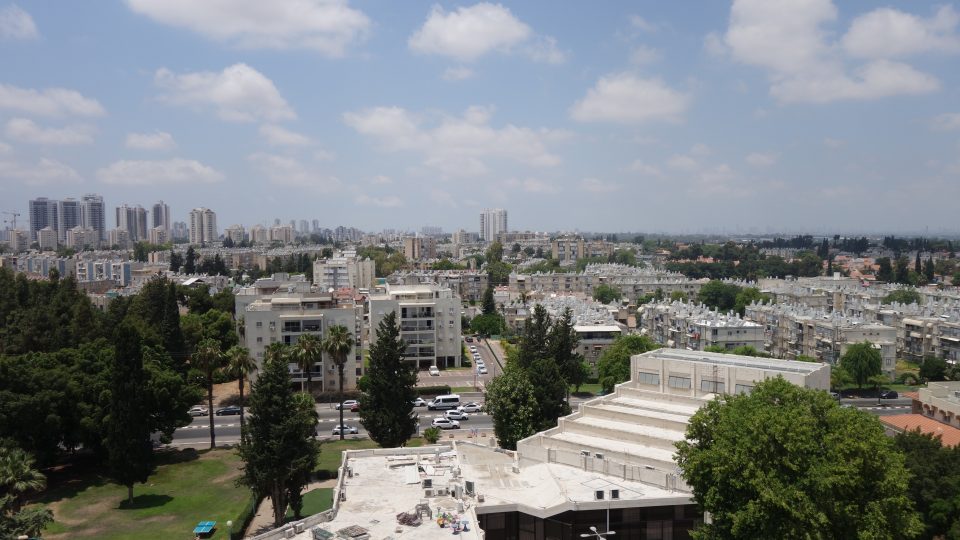
Looking east, you could see the old city of Ramla, with the Nesher cement factory in the background. From up high, it becomes clear that the tower sits in the middle of a large Muslim cemetery. Looking down you see hundreds of grave markers.
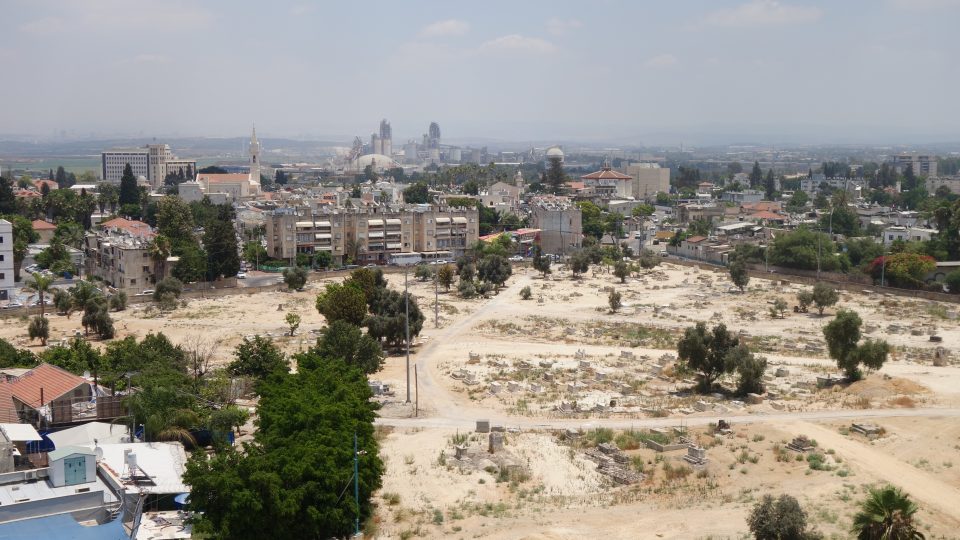
There are also some remnants of a large mosque that once stood near here (some say the tower was the minaret) and you can see holes in the ground that indicate that there is a large underground reservoir for water here as well.
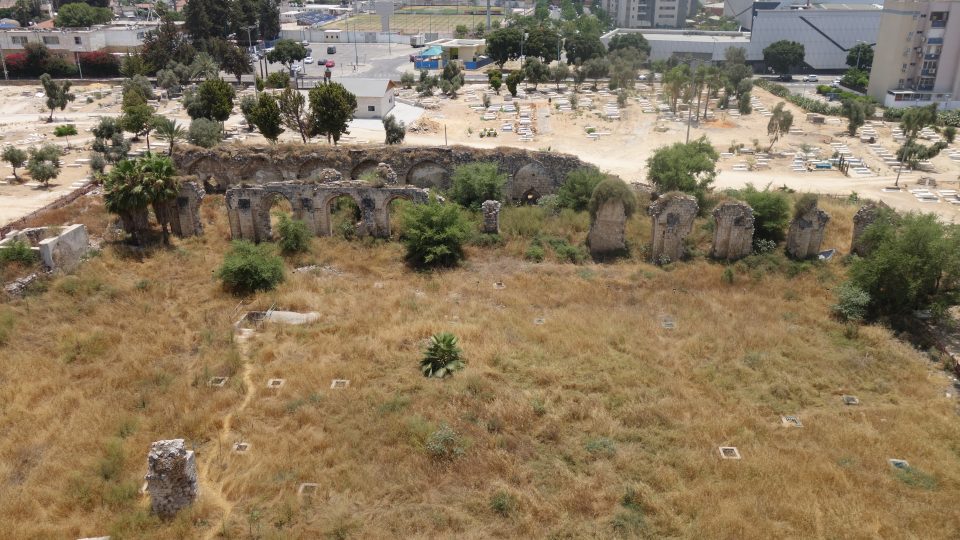
Ramla has a shuk and it has been many years since we bought our fruits and vegetables in an open-air market. The plan was to do this towards the end of the day, but being Tuesday, the shuk is only open till the early afternoon. So the Ramla shuk became our next stop. We got there close to closing time, so the prices were really good (i.e. cherries only 10 shekel a kilo), the quality less so.
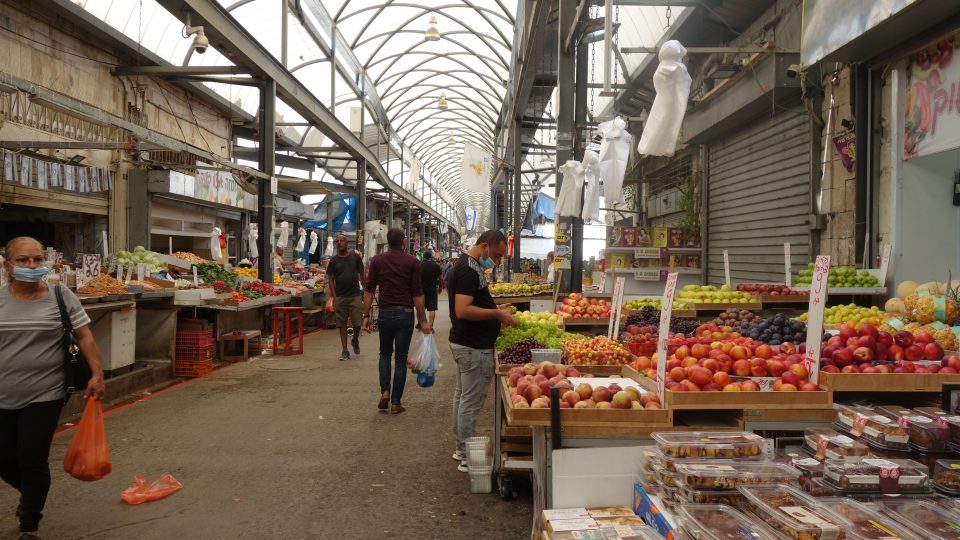
After stocking up for the week, we drove to our next stop – lunch at Maharaja, a vegetarian Indian restaurant that we have been to several times before. This is a small, unpretentious restaurant, run by an Indian family (there is a Jewish Indian community in Ramla) with delicious Indian food.
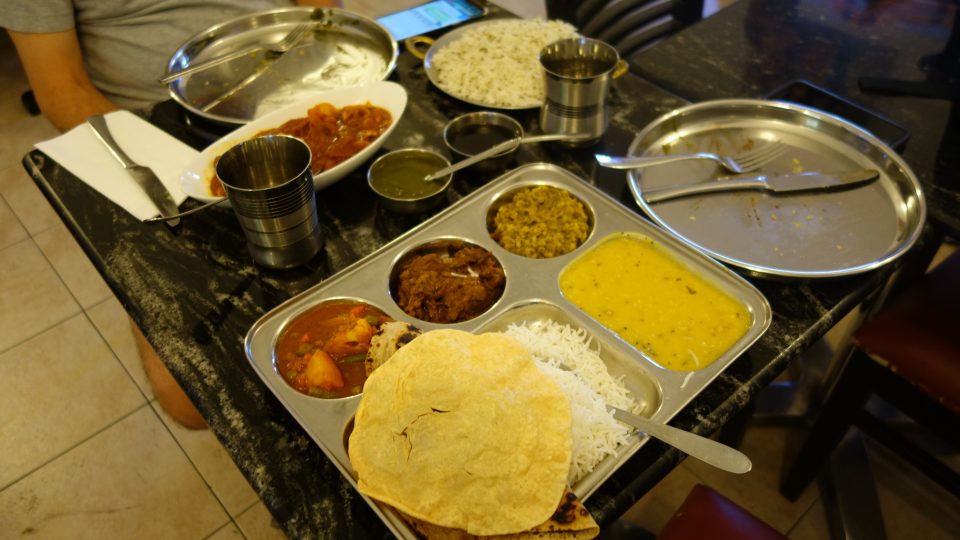
To reach the restaurant, we walked through the President’s Park. This is a park named after Chaim Weizman, Israel’s first president. This park was originally laid out by the British, in a typical British fashion – walkways in the shape of a cross with a fountain in the middle. After many years of neglect, the city re-did the park several years ago. Now it is mostly a paved area with benches under trees, with some grass towards the back of the park.

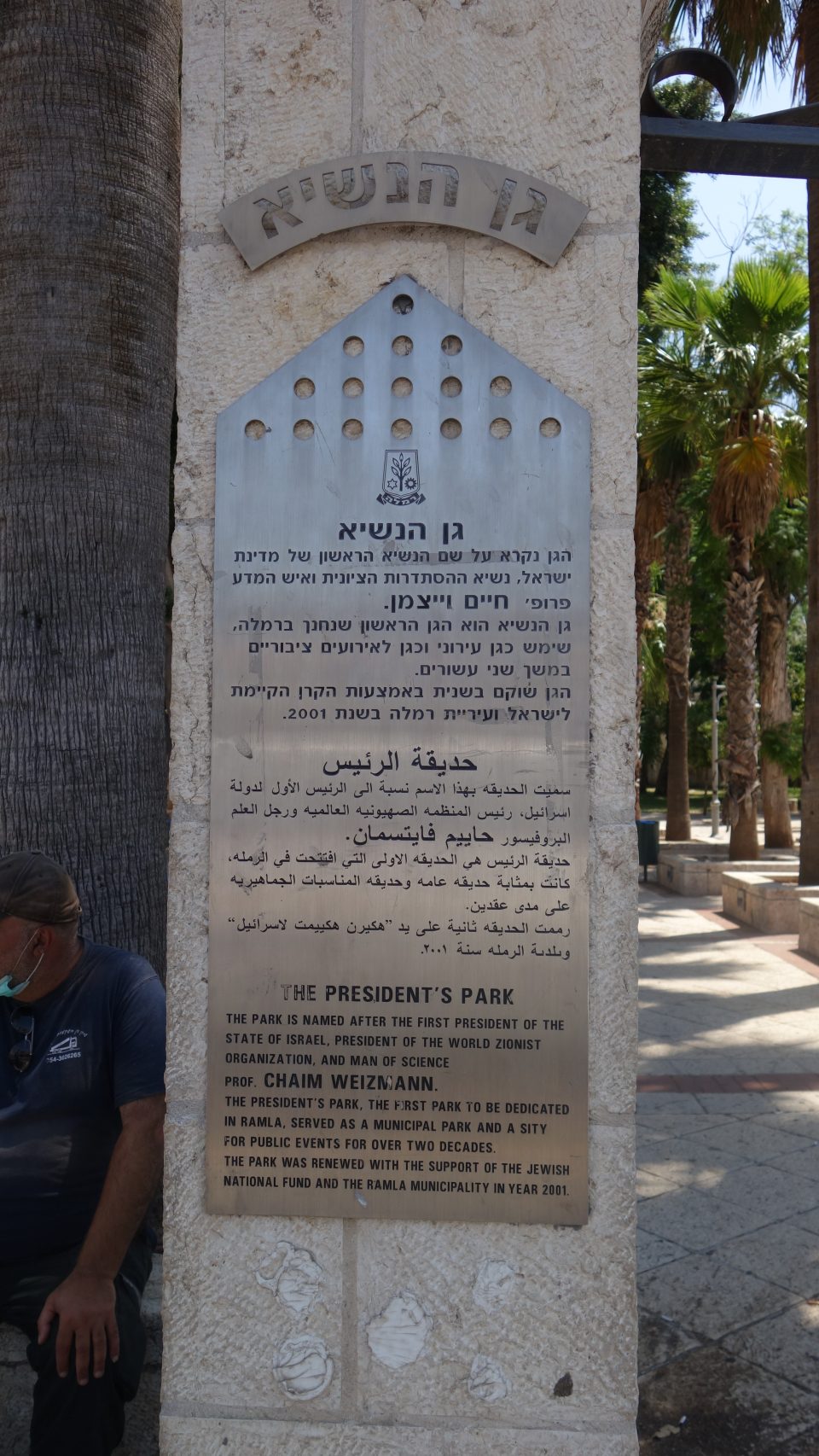
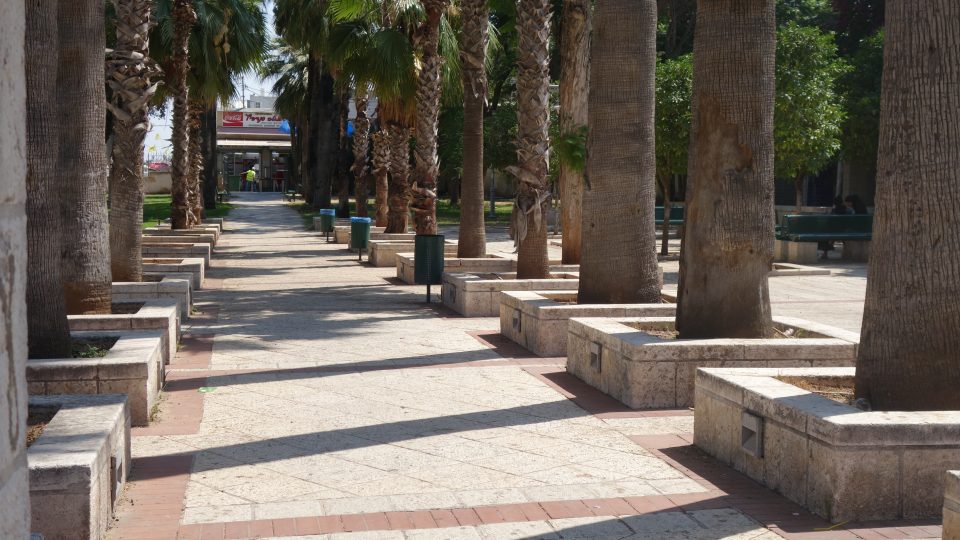
After lunch we headed to the Pool of Arches, an ancient water reservoir. The Pool of Arches is in the middle of a residential neighborhood, with a small building marking the entrance. You go underground into the water reservoir, where there are rowboats to explore the reservoir with. We had the place to ourselves to row among the arched columns of the building. Good that the boat had bumpers because we managed to hit all the columns.
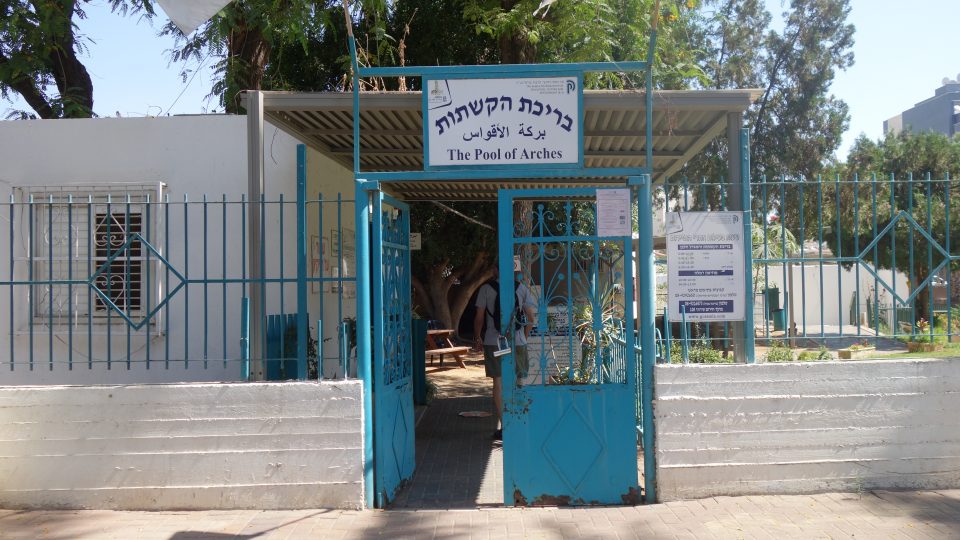
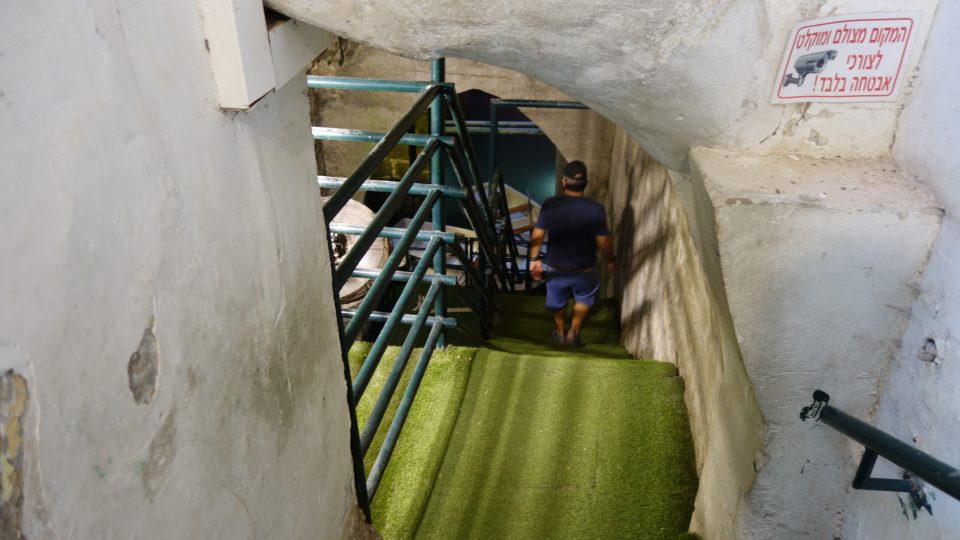
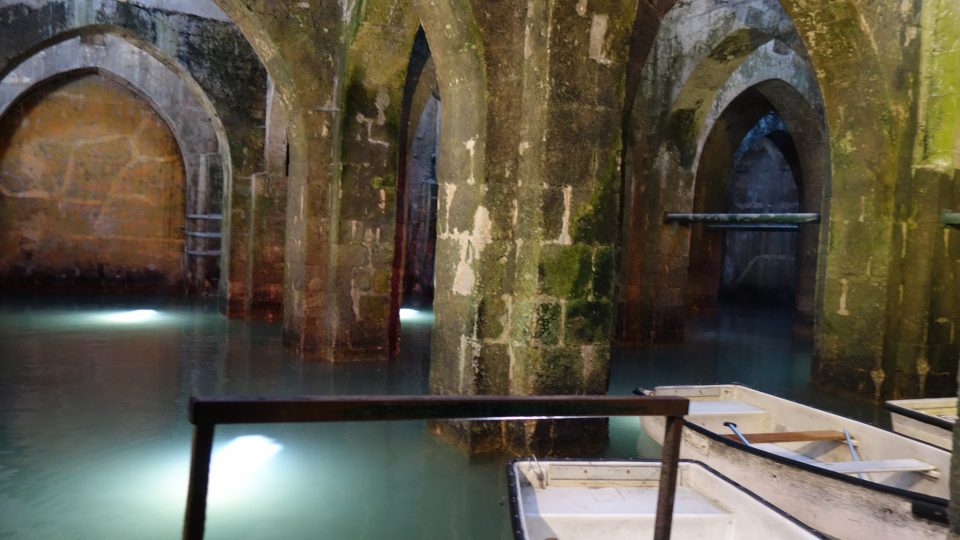
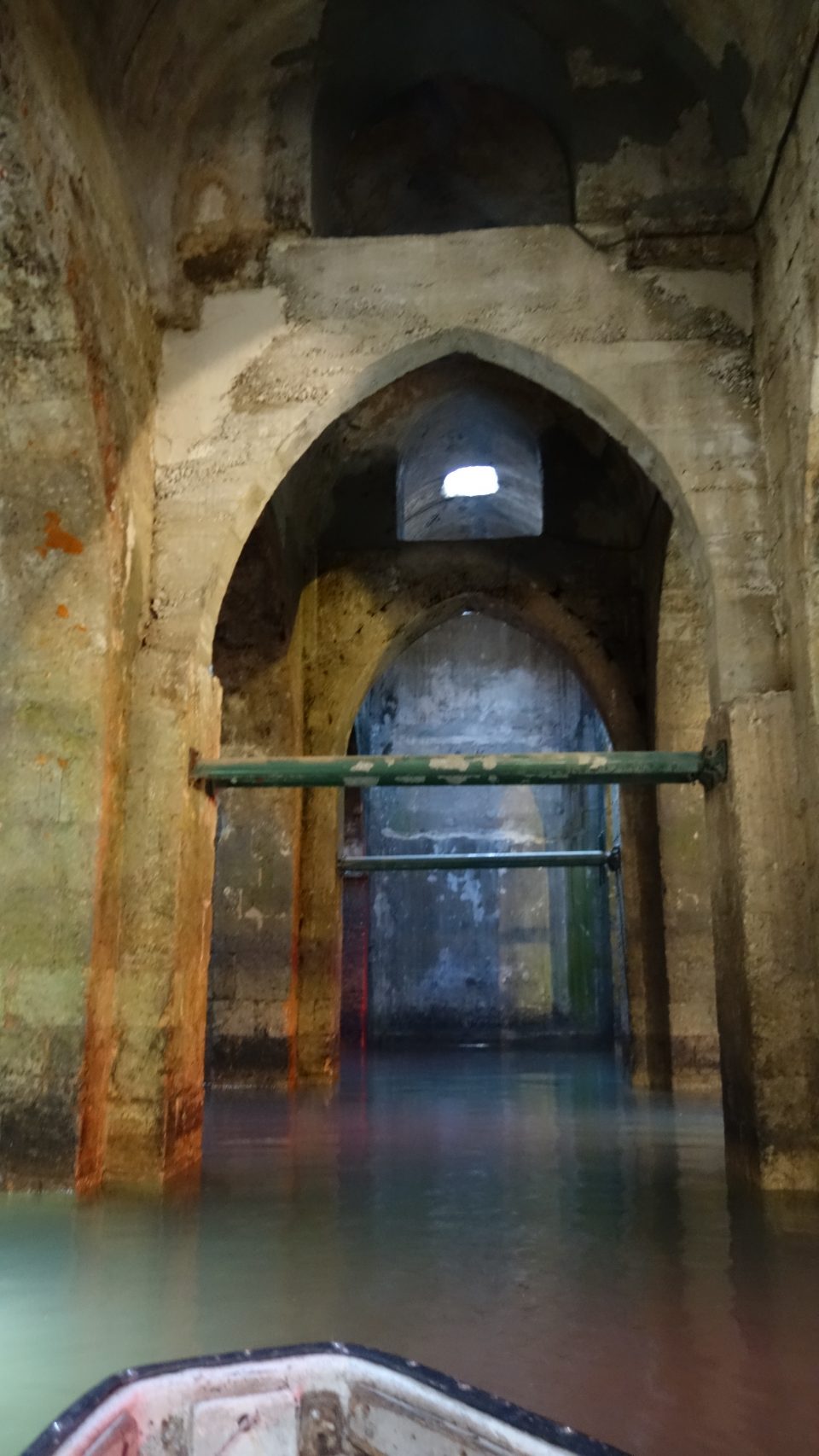
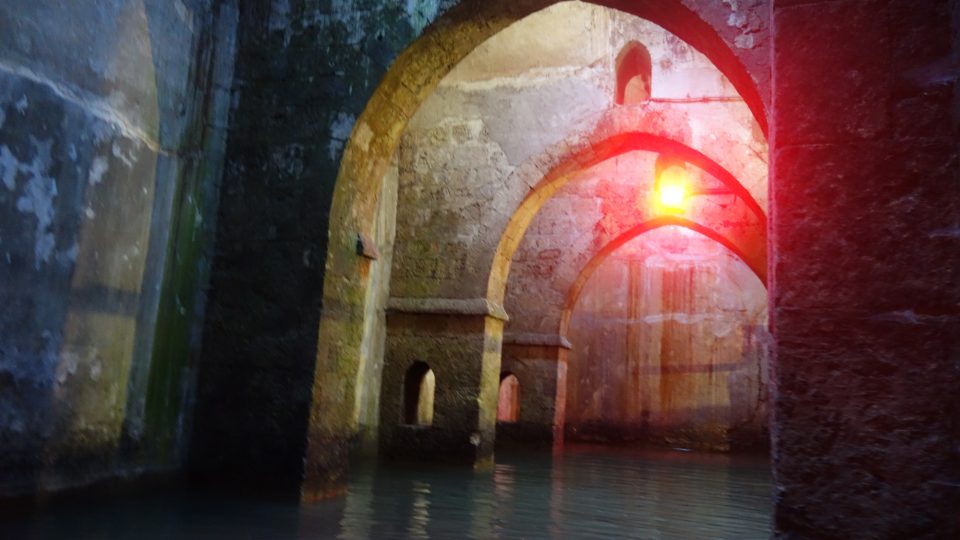
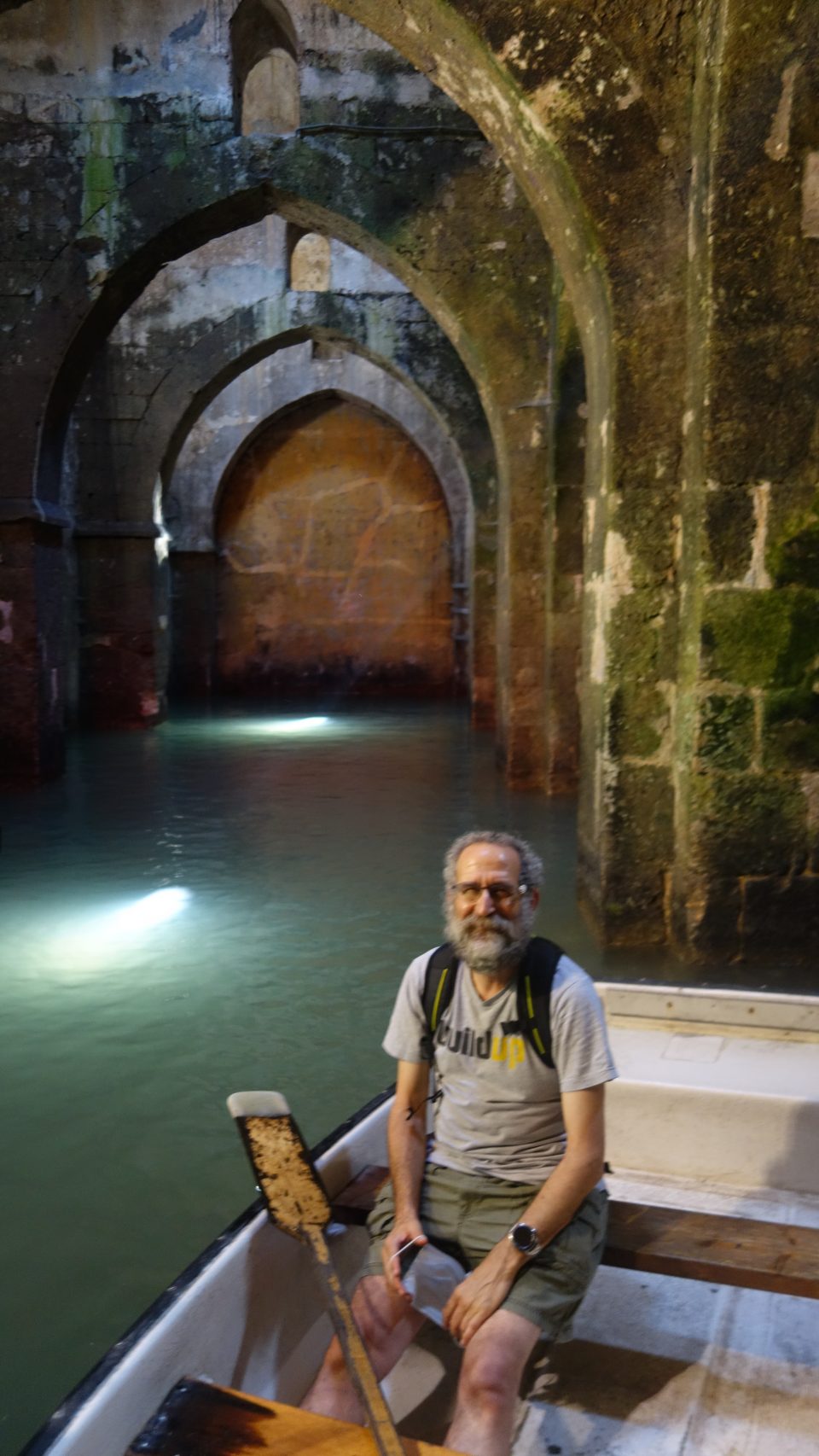
From there, we went to the Ramla British Military Cemetery. One minute you are driving through a large ugly industrial shopping area, and the next street over, is the cemetery – a beautiful tranquil oasis of green lawns, flowering plants and thousands of graves. This cemetery is one of six British Military Cemeteries in Israel. It is spectacularly maintained – as a very respectable tribute to the dead who were killed in the area during World War I and World War II.
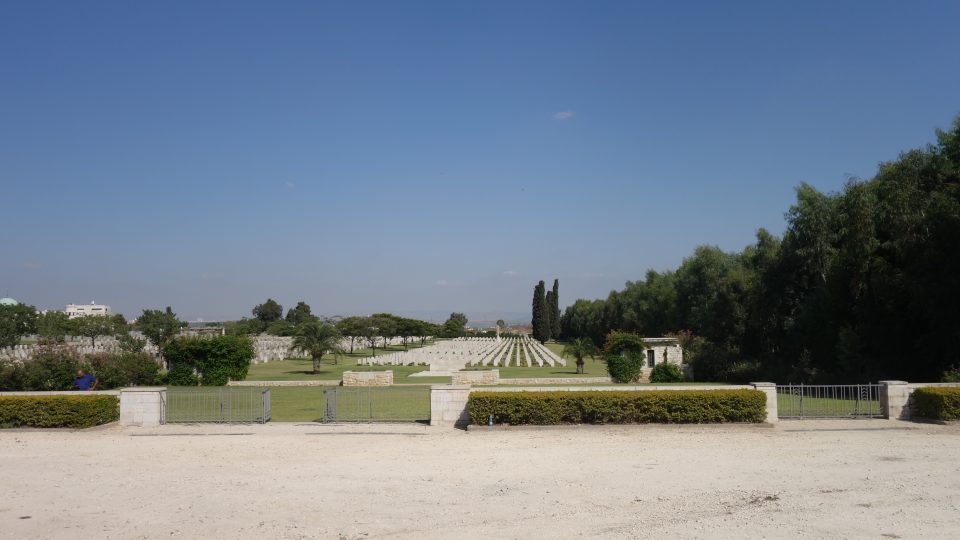
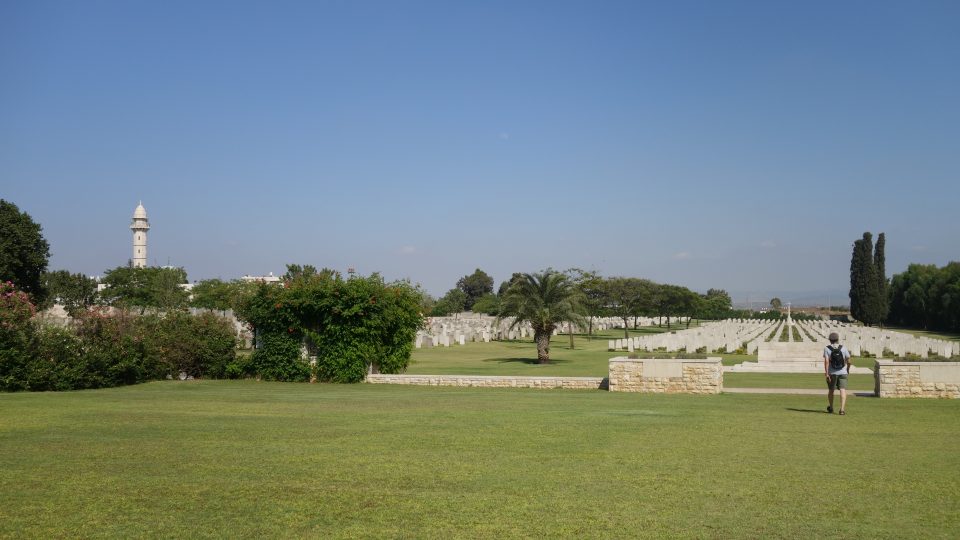
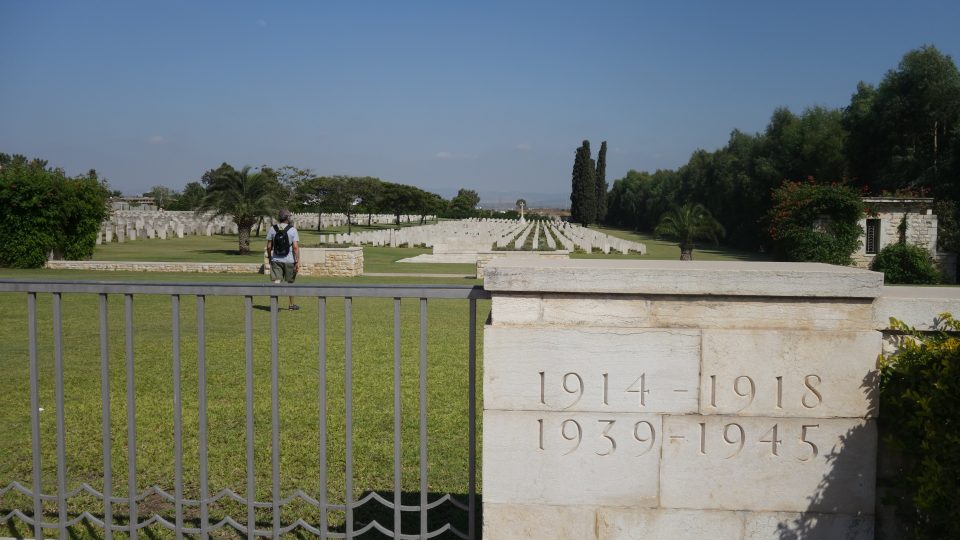
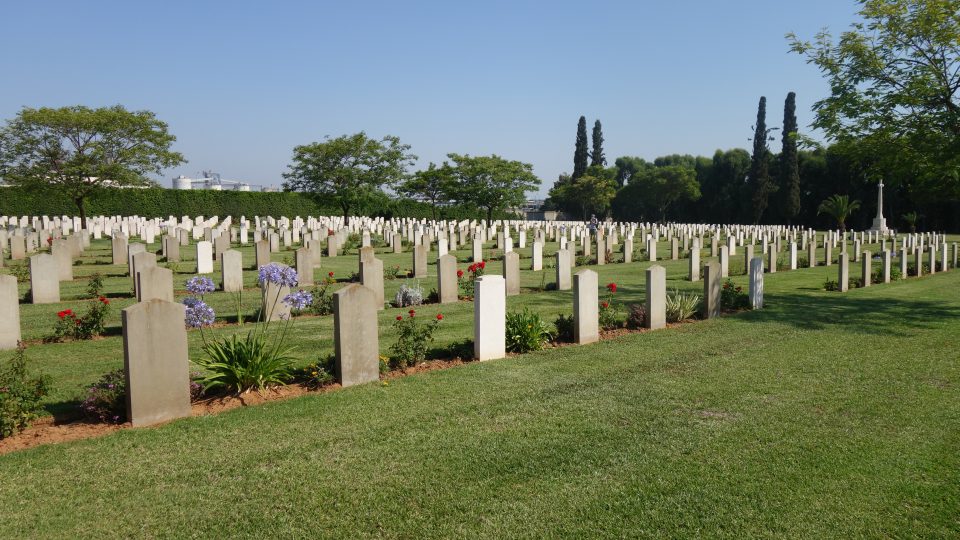
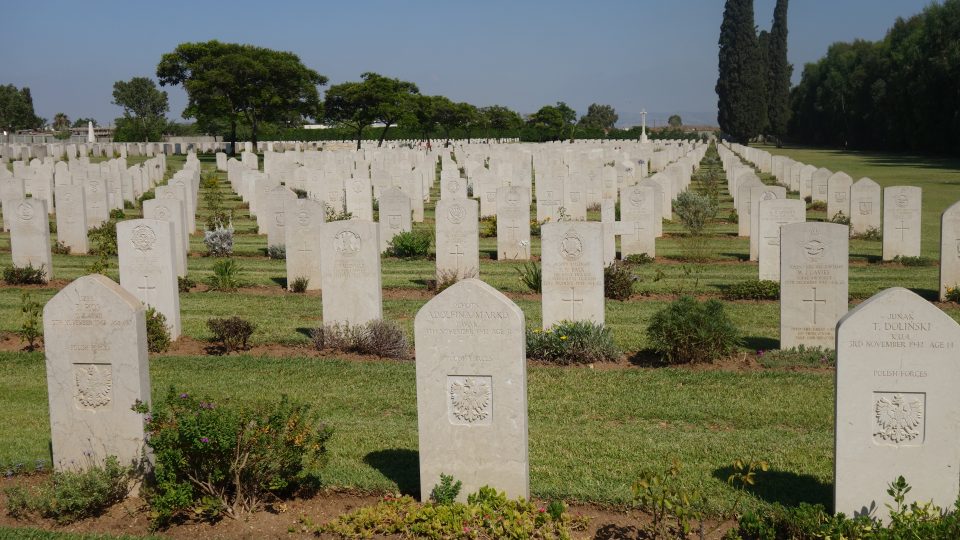
Each tombstone has the name of the soldier, his age, his country, his religion and some have additional tributes at the bottom of the grave.
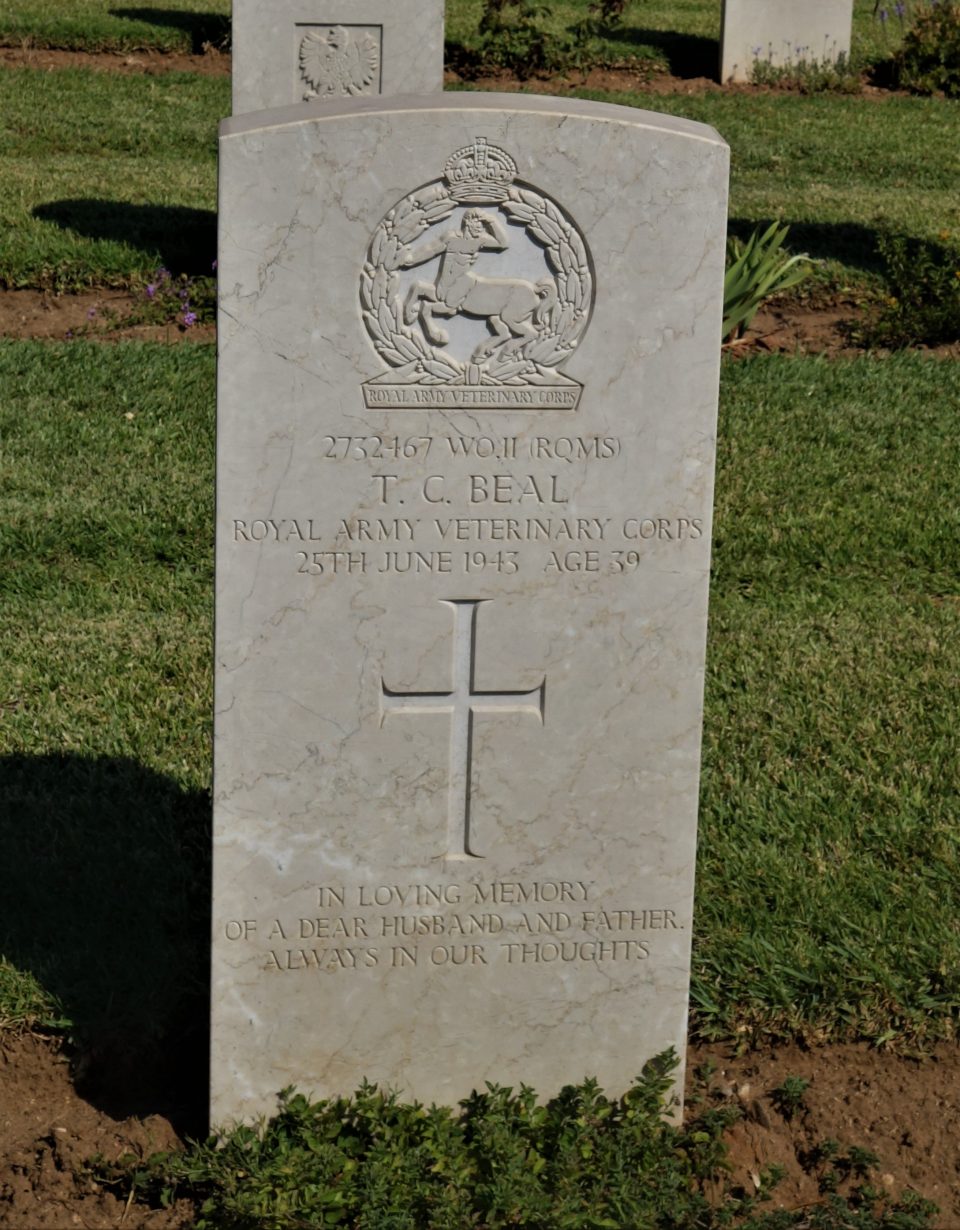
There is a separate section for Hindu soldiers.
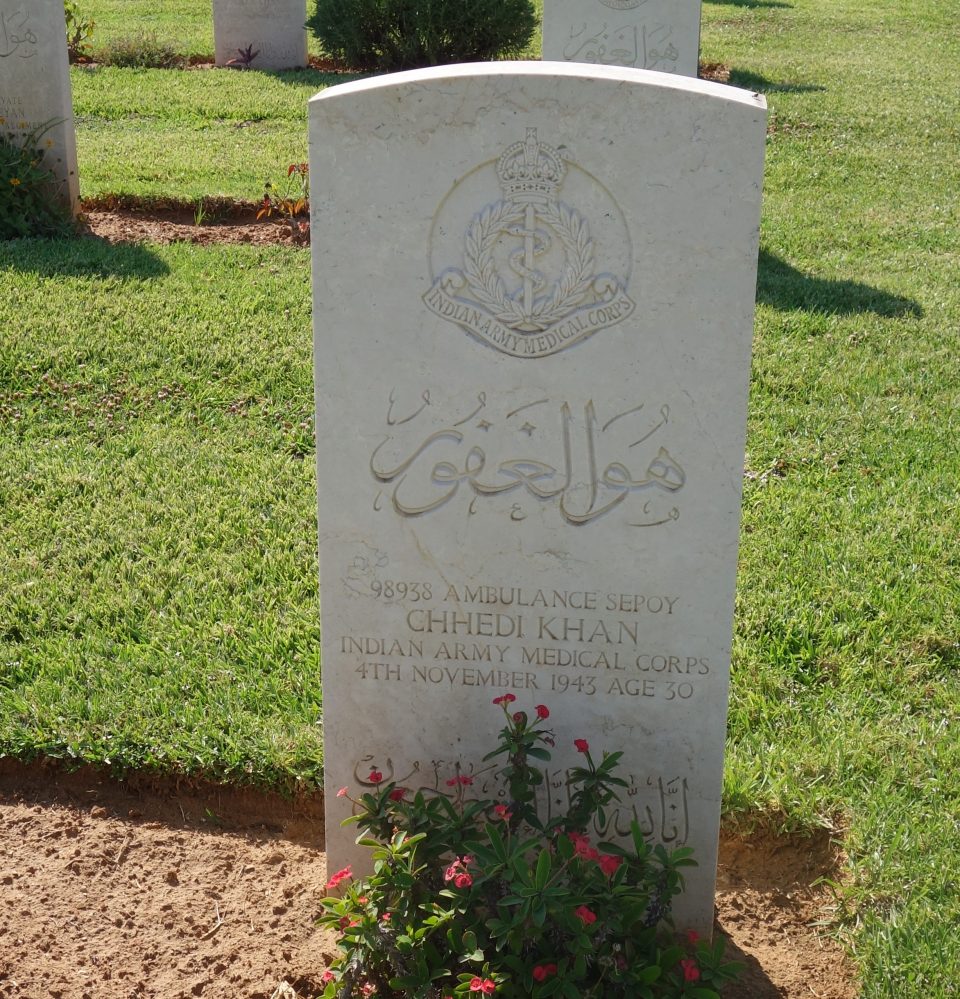
There are supposed to be about 35 Jewish soldiers buried here, but we were not successful in finding the graves of any of them. What we did find, is one grave that has become the most famous grave that this cemetery is known for.
Harry Potter was a British soldier who died at the age of 19 and 10 months in Hebron. Today he shares his name with the famous bespectacled character created by JK Rowling.
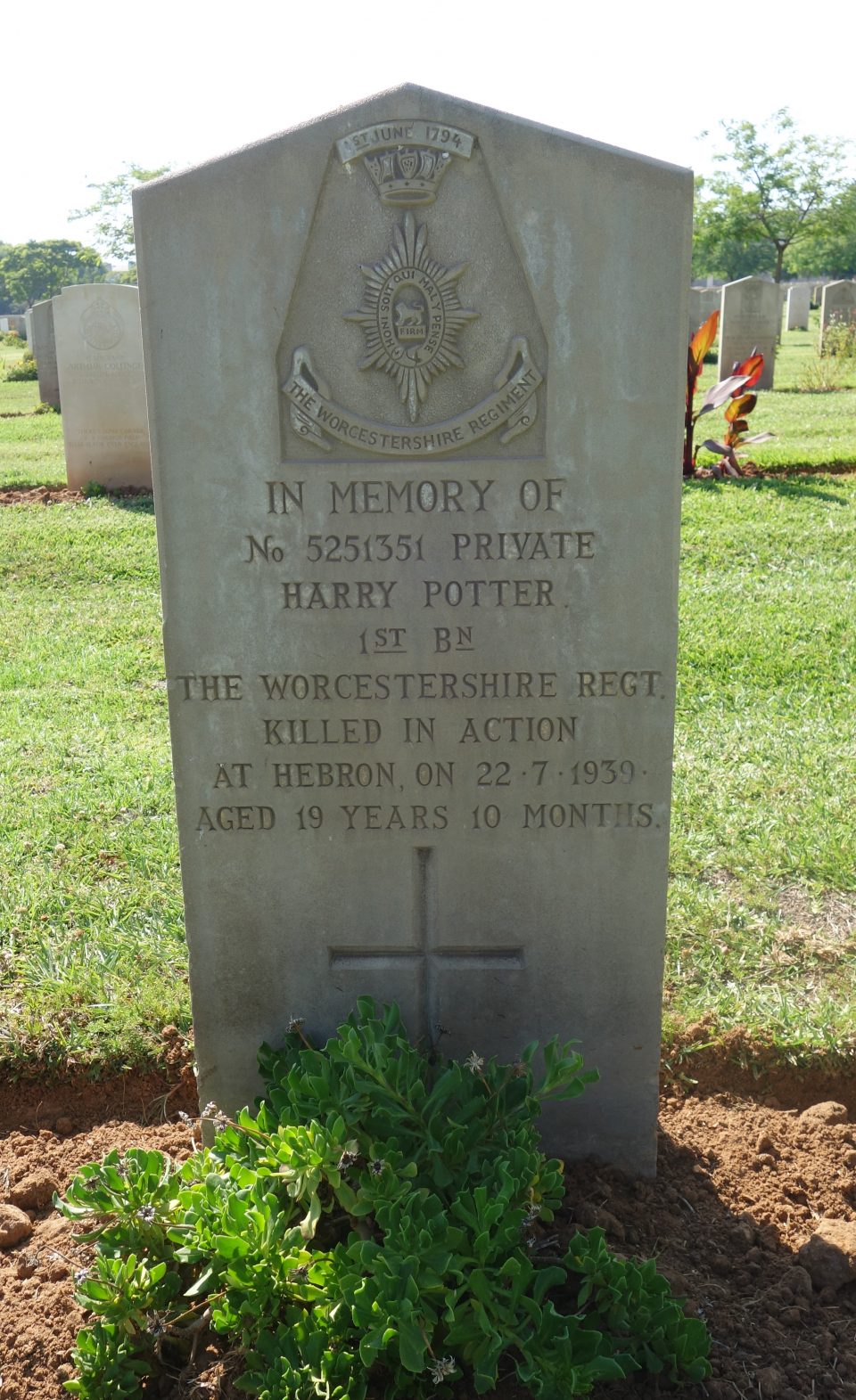
After an hour of roaming around the cemetery, it was time to head home – happy to have had another nice day together.
Just one last good thing to say about the city Ramla, is that parking was not a problem. Instead of walking in the heat, we drove between attractions, and wherever we went, parking was plentiful.
Also, because of the corona virus, several attractions that we probably would have gone to were closed. In the center of town, across from Indian restaurant, is the Ramla Museum. Among its exhibits is a collection of ancient gold coins from around the world that were found in the city, representing the many countries that people travelled from to reach Ramla. A second attraction that was closed is the Truck Museum. This free museum has a collection of trucks used in Israel from 1948 to 1978. Another attraction in the area that was closed is the visitor center at the Nesher Cement Factory, which sounds interesting.
As I write this blog, I realize that there were two sites we had intended to see today and got overlooked. The first is an official red British mailbox near the shuk. This is leftover from the British mandate, and the mailbox has the initials “GR” on it, for Georgius Rex (King George), who was then the King of England and grandfather of today’s queen of England.
The other site that we overlooked is the Karaite Synagogue. The Karaites maintain that the Oral Torah – the Mishnah and the Talmud – is not a Torah received by God and only accept a few parts of it. Their synagogue has no tables and chairs and you enter without shoes.
Seems like if we are ready to once again overlook the dirt and dust, there is plenty to fill another nice day in Ramla.
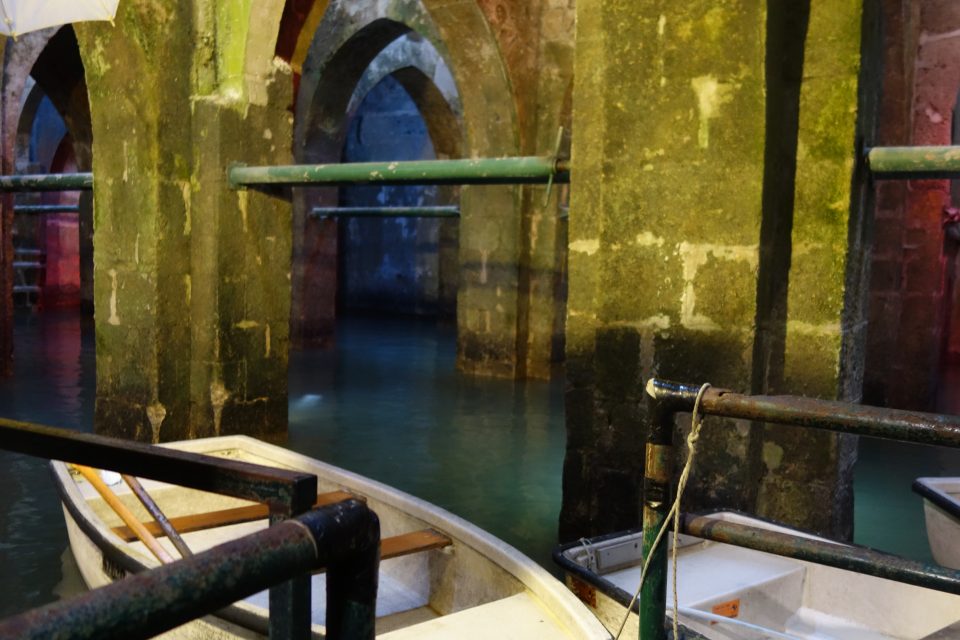
Very interesting
Loved this. Who knew there was so much to do in Ramla? Senior discount, lol.
Very interesting! It sounds like its well worth a visit! Thanks for sharing your experiences